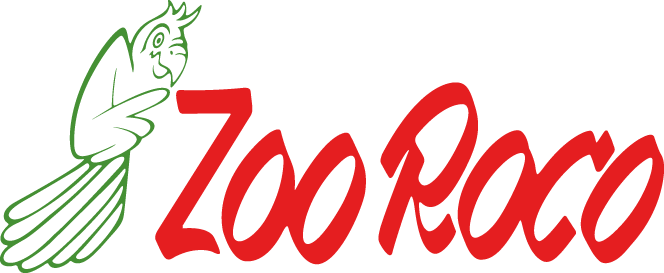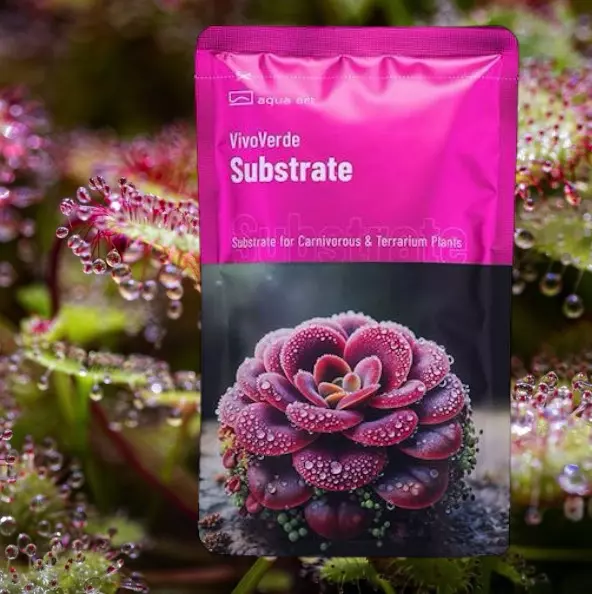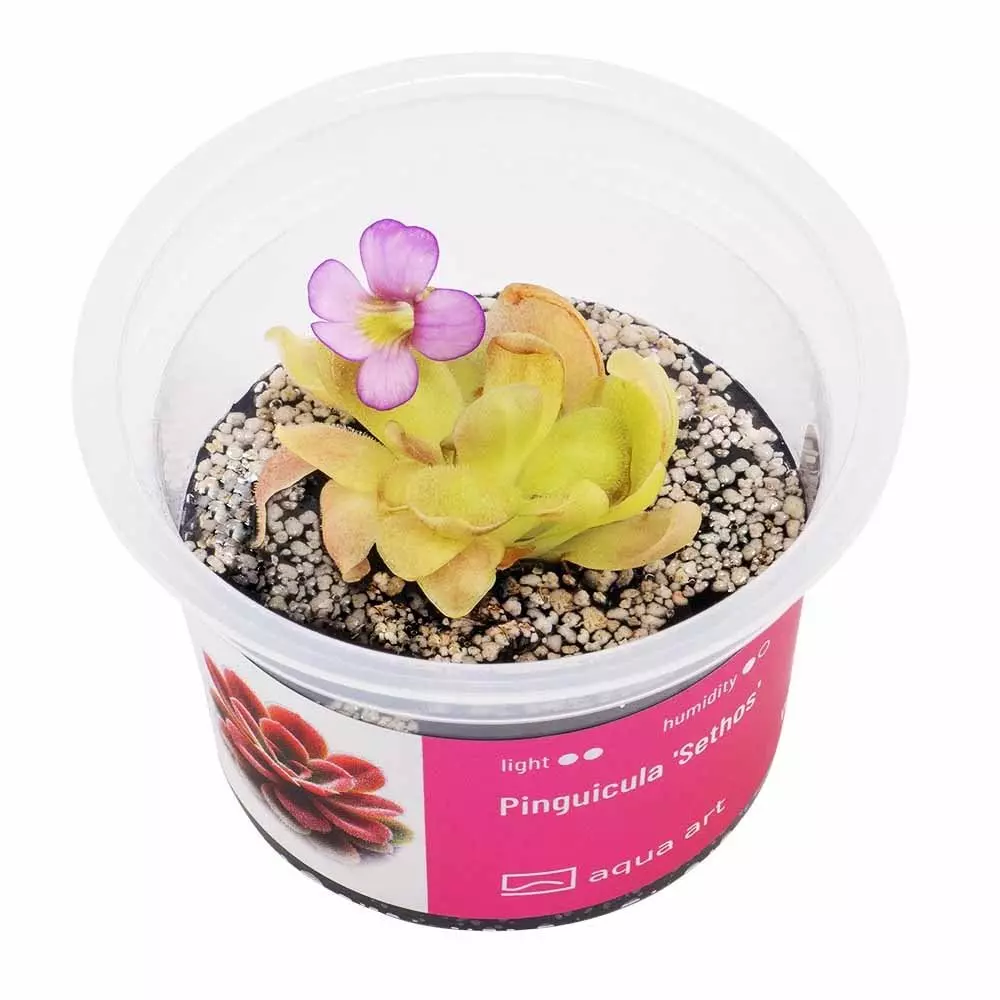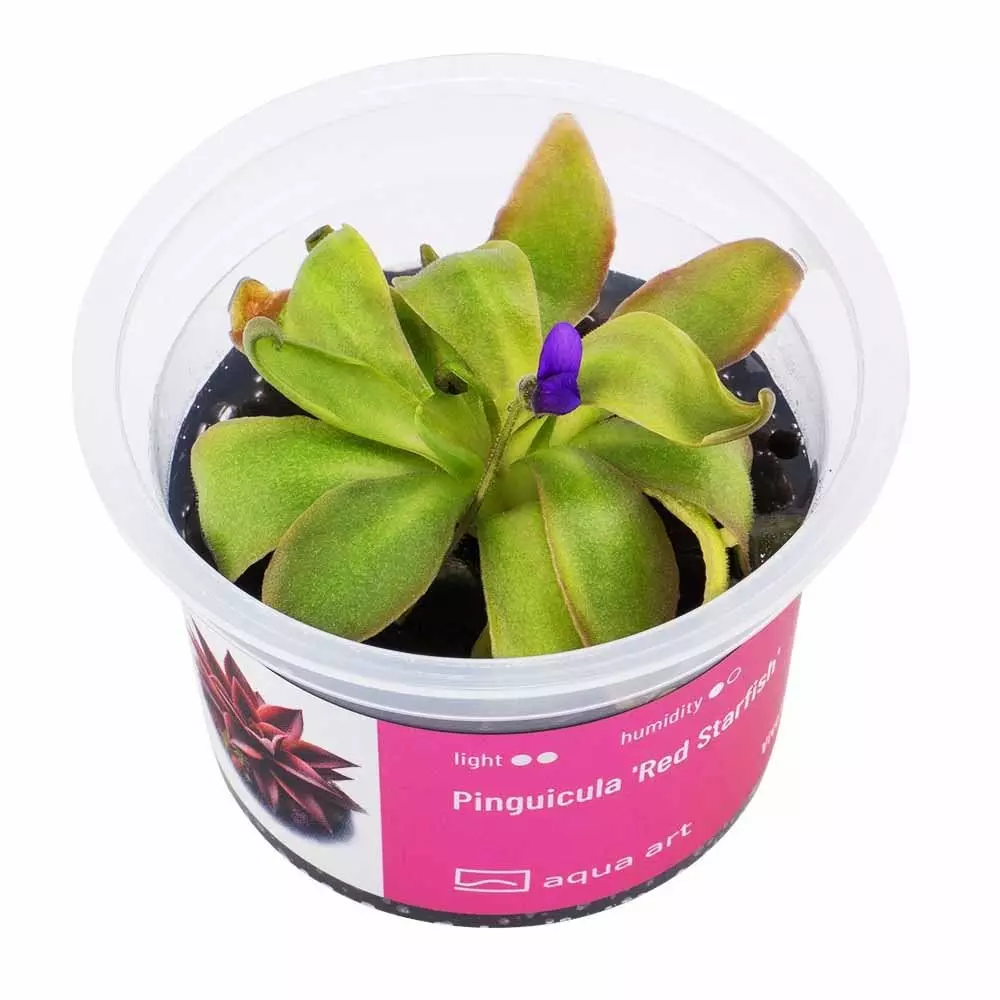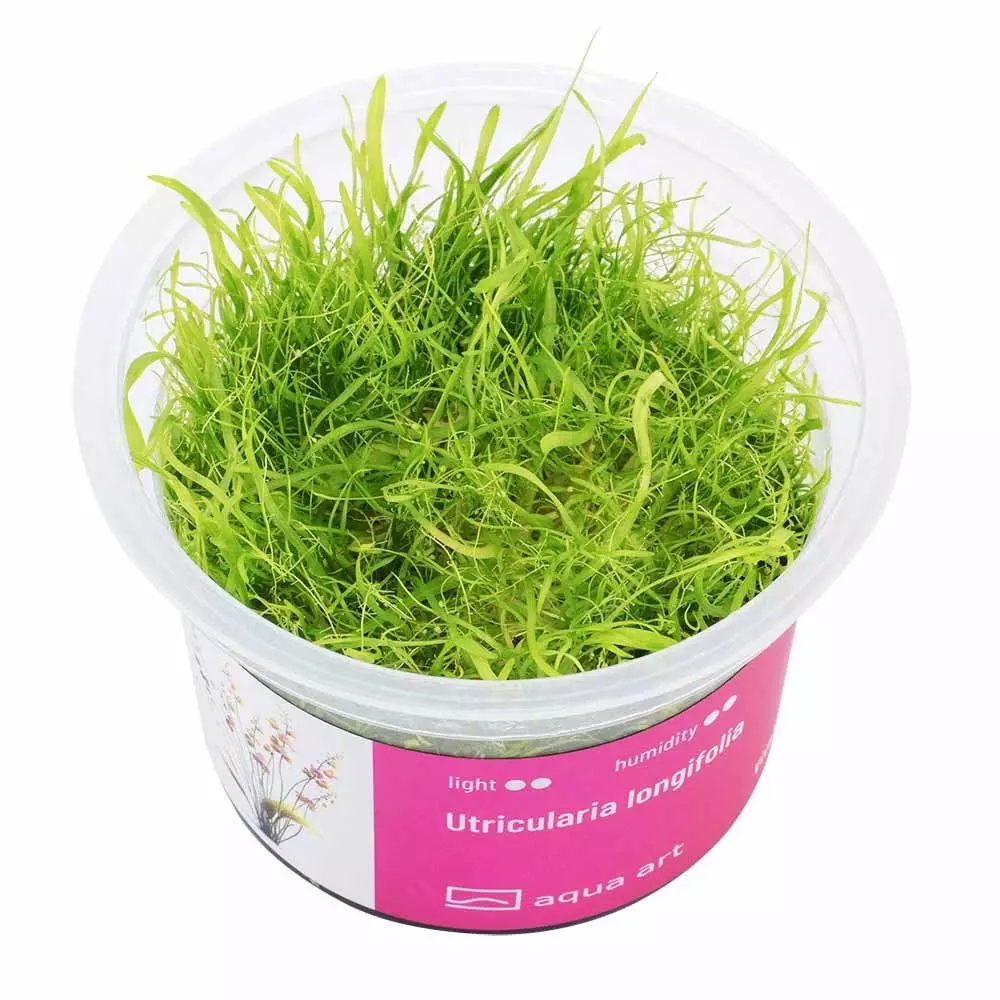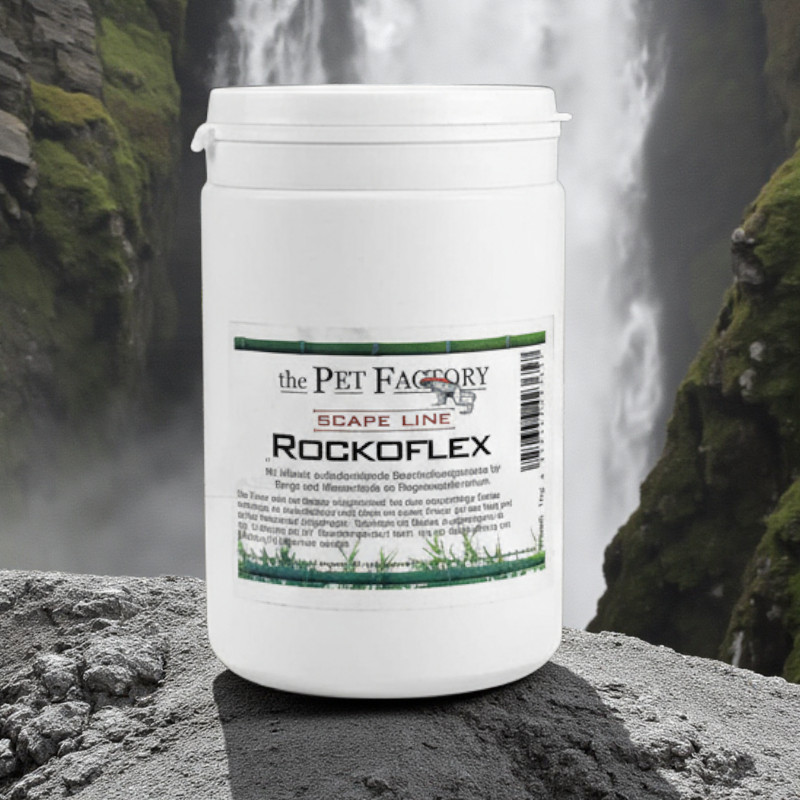Pinguicula 'Moranensis carow' is an exceptional plant that attracts attention with its unique appearance.
Color and size:
The mature plant reaches a diameter of 5.5 cm or more. The color of the leaves can vary from light green to pink depending on the light intensity.
Light:
The plant prefers partial to full sun or the equivalent of grow light, 16 hours of light per day.
Substrate:
A well-drained mix often consisting of peat, perlite and sand.
Feeding:
Spray with TropicalRain to meet nutrient requirements. Feeding with insects is not recommended.
Humidity: The ideal humidity is between 50 % and 80 % with sufficient air circulation. Provide sufficient distilled water during the insect-feeding phase to keep the medium moist. Reduce watering and allow the medium to dry out regularly. When the succulent rosette begins to form, use Tropical Rain for watering.
Temperature: The plant grows well at temperatures between 22°C and 29°C.
Winter dormancy: Technically none, but the insect-like leaves are replaced by a smaller succulent rosette for part of the year. If the temperature or humidity is too low, the plant may stop growing.
The combination of carnivorous plants with reptiles
reptiles in a terrarium can create an aesthetically pleasing and ecologically
interesting environment. Carnivorous plants such as Drosera,
Nepenthes, Pinguicula and Sarracenia are not only exotic and beautiful, but
they also contribute to a balanced ecosystem by controlling the population of small insects.
small insects.

















